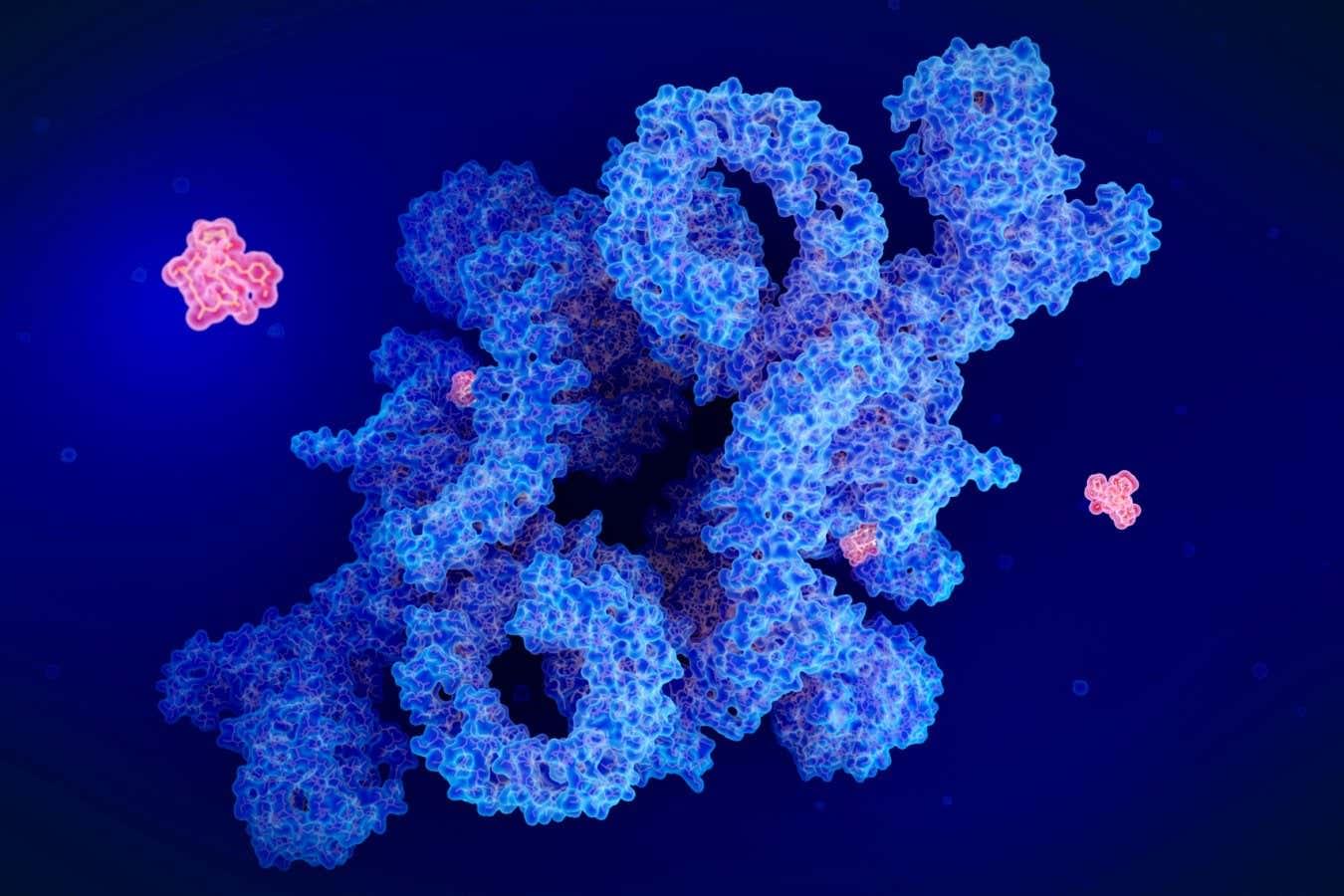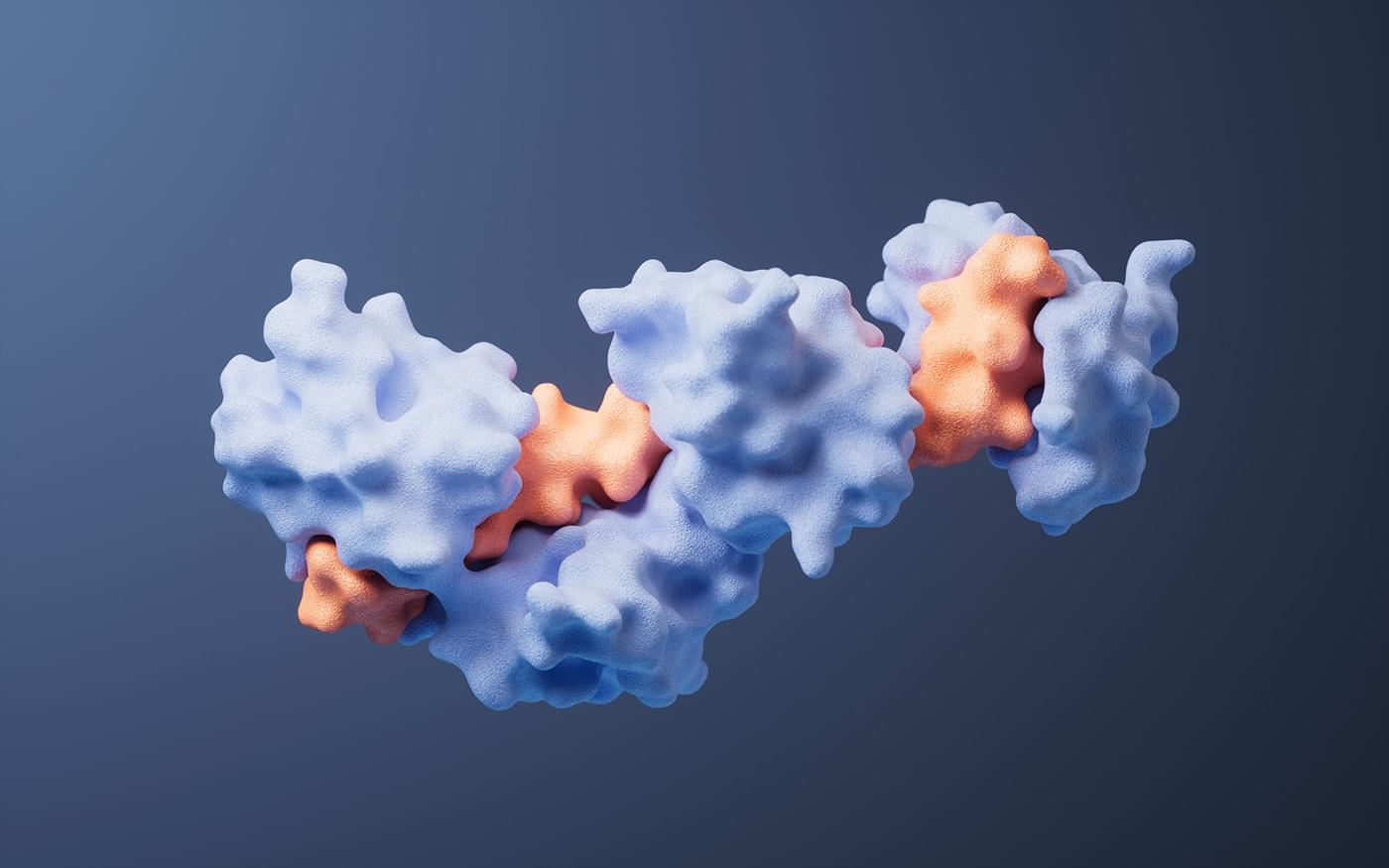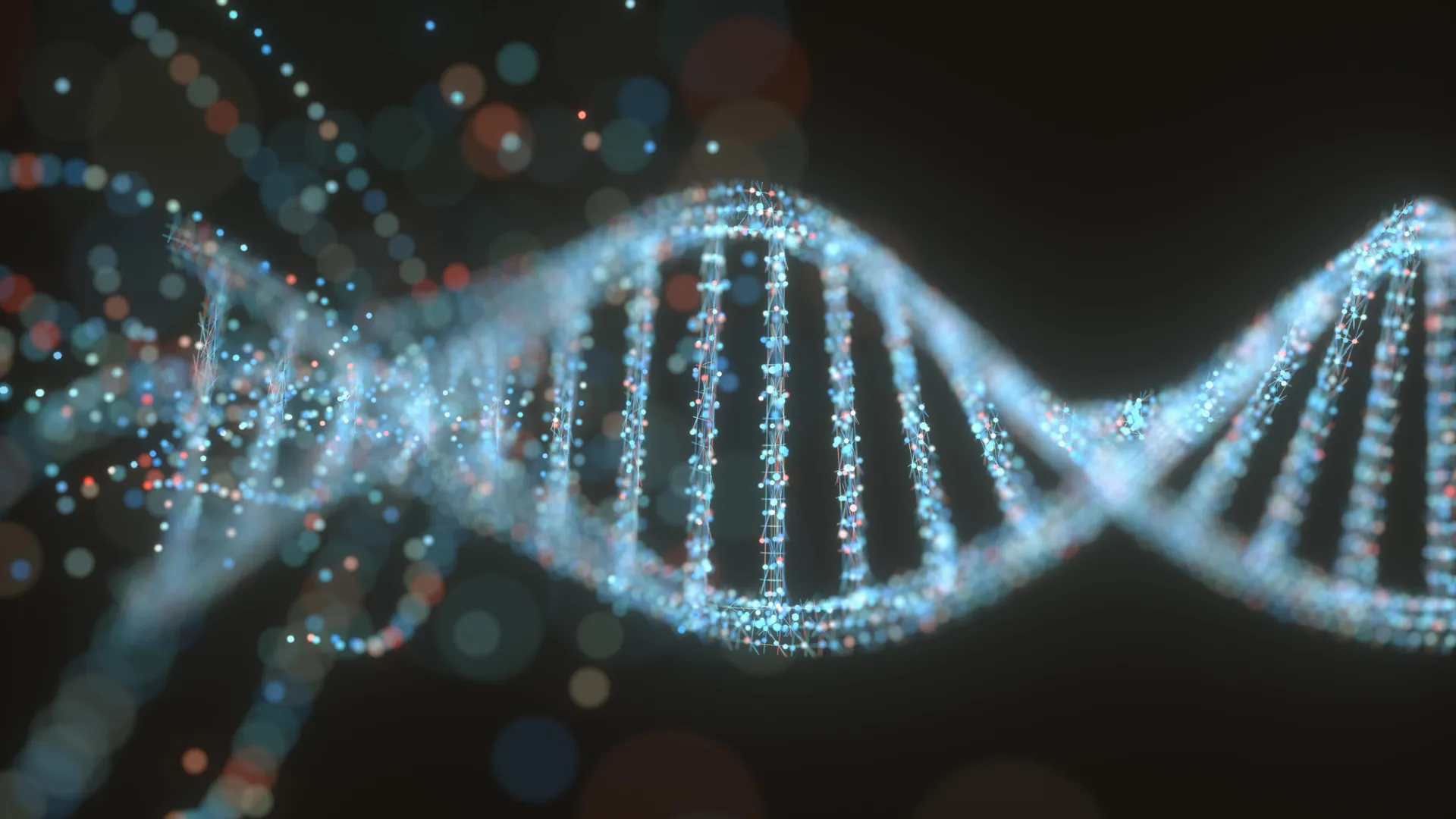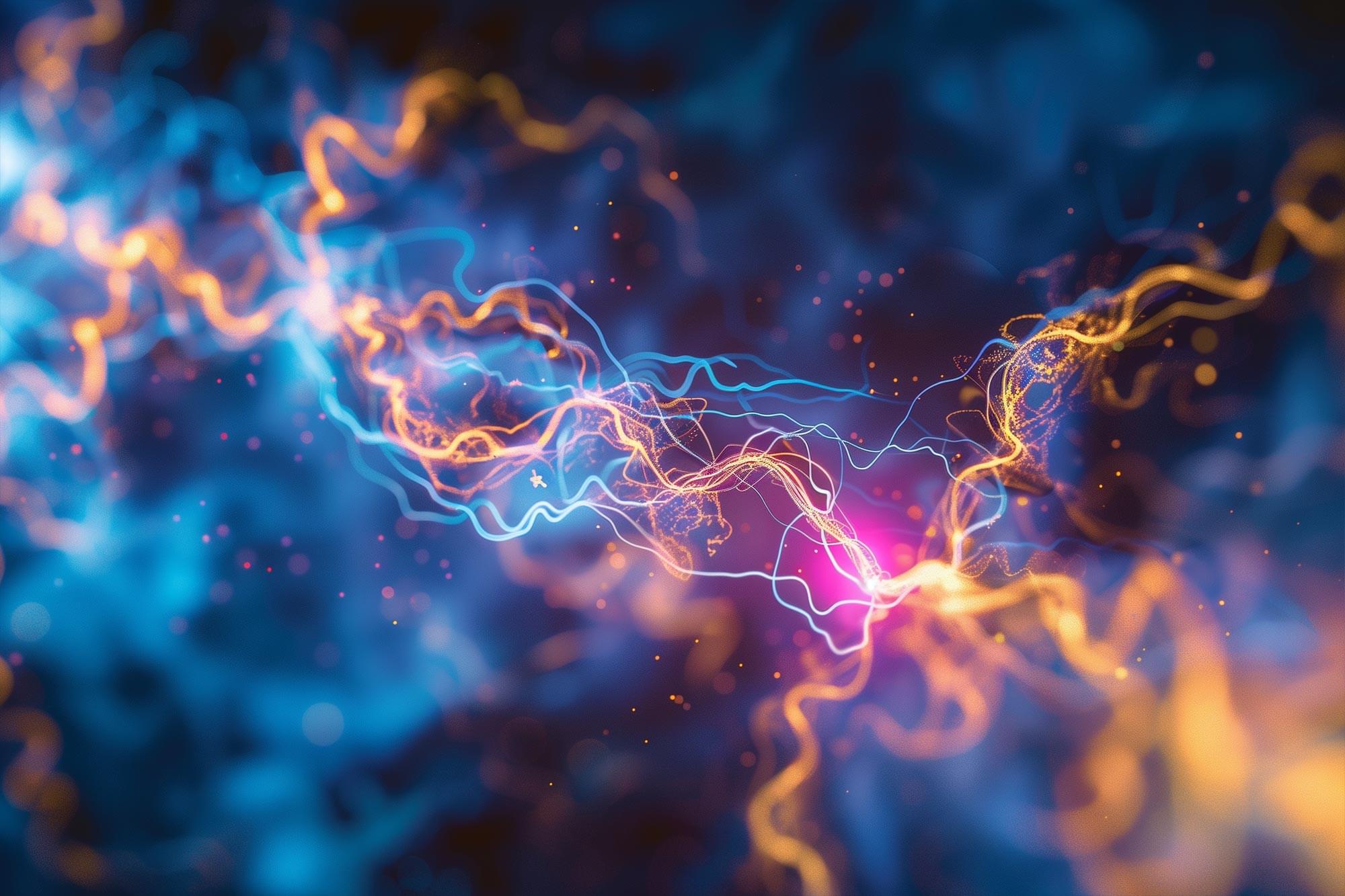Questions to inspire discussion.
🗓️ Q: When will more details about Tesla’s master plan part 4 be revealed? A: Elon Musk will add specifics to the master plan part 4 at the upcoming annual shareholder meeting on November 6th, including key milestones for achieving sustainable abundance.
AI and Manufacturing.
🧠 Q: What is Elon Musk’s focus regarding AI development? A: Musk is prioritizing the development of AI compute capacity and deep learning models, as evidenced by his focus on XAI and Grock 5, to drive innovation in Tesla’s products and services.
🏭 Q: How does Tesla plan to improve its manufacturing processes? A: Tesla aims to create a custom AI solution using Grock agents to develop a cybernetic organism capable of manufacturing humanoids more efficiently than current Tesla methods.
🤖 Q: What is the potential timeline for Grock 5 to achieve AGI? A: Elon Musk believes Grock 5 has a chance to become AGI (Artificial General Intelligence) by next year, potentially allowing Tesla to achieve supremacy in manufacturing through superior AI.






